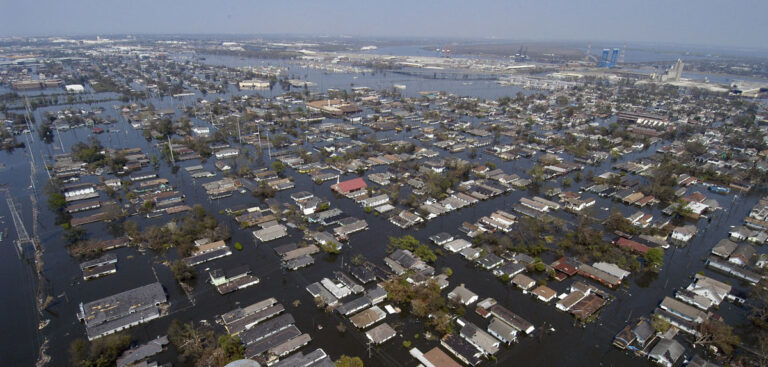A new study showing the impact of urbanization on flash flooding risk in the USA has revealed dramatic regional differences.
The research was carried out by Lauren McPhillips, assistant professor of civil and environmental engineering at Pennsylvania State University. McPhillips’ team discovered that while urban development in the eastern USA results in an increase in flash flooding in nearby streams, it has the opposite effect in the arid Southwest.
McPhillips’ study focused on how urban development affects stream flows in the metropolitan region of Phoenix, Arizona. She found “that ‘flashiness’ – a measure of the rise and fall rates of water flow in streams – actually decreased with the extent of imperviousness in arid, urban, Southwest watersheds”.
“That is the opposite pattern to that observed in previous studies in wetter regions such as the East,” McPhillips told Science Daily.
Her team of researchers analyzed flow data from stream gauges going back 14 years to determine how hydrological characteristics were impacted by urbanization.
They found that while there were more high-flow events in the urban desert streams compared with non-urban desert streams – a finding that correlates with wetter regions – this was not accompanied by an increase in larger floods for urban areas.
“Overall, the urban stream syndrome manifests differently in this arid system – urbanization increases water retention and leads to less variable flows in stream ecosystems,” said McPhillips.



